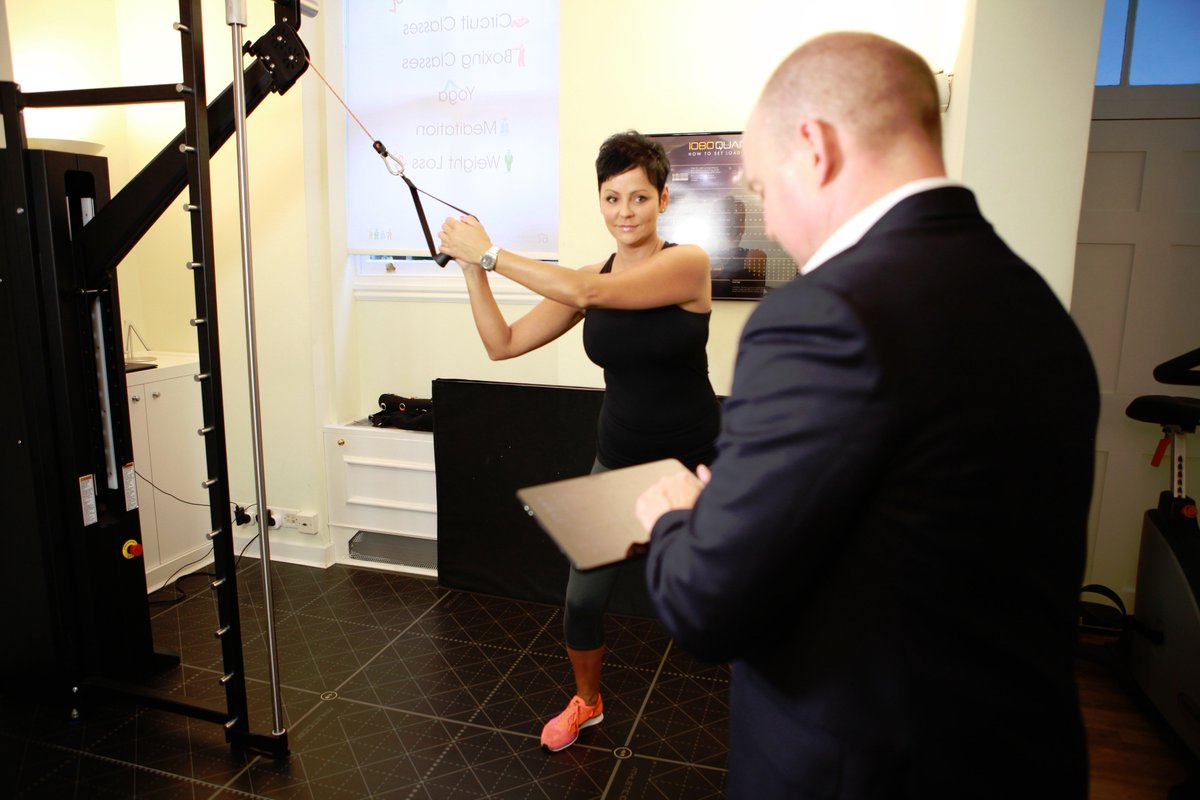John Bowskill has seen a significant shift in how golfers manage their seasons and careers to prevent injury and extend their prime playing years. The ascendant generation of golfers make time for strength and conditioning, proper lifestyle and – above all – recovery so they can stay resilient in a sport with little off-season.
John Bowskill and his team at the Bowskill Clinic in London work with professional and recreational athletes in sports ranging from golf to polo to ultra-running. Given the lack of variability in much of golf training, Bowskill says that most golfing injuries trace back to overuse from the activity itself compounding over years of playing.
Like many individual sports, golf does not have a strong history of implementing strength and conditioning programmes for its players. Too often, what little strength and conditioning there is builds global strength rather than sport-specific needs and movement patterns. However, star players like Jordan Spieth, Ricky Fowler and Rory McIlroy are setting the example for a more athletic approach to the sport.
[av_button_big label=’Related: Mark Gillett of West Bromwich Albion on injury prevention in the Premier League’ description_pos=’below’ link=’manually,http://1080motion.com/west-bromwich-albion-mark-gillett/’ link_target=” icon_select=’no’ icon=’ue800′ font=’entypo-fontello’ custom_font=’#ffffff’ color=’theme-color’ custom_bg=’#444444′ color_hover=’theme-color-subtle’ custom_bg_hover=’#444444′ av_uid=’av-17zkyl6′][/av_button_big]
“Historically there was a tendency towards players working with trainers that would push then super hard: army-style training, special forces techniques, boxing training. Nothing that could be the mainstay of athletic training along a continually moving periodization,” John Bowskill says.
“But now you have Jordan Spieth after the US Open posting Instagram pictures back in the gym. Young players are looking at what has been achieved, and they see a consistent pattern. Limbic and emotional system training, physical conditioning – not just getting fit, but fitness specific to golf and the needs of the season and the sport.”
Without a strong basis of movement programming and injury-proofing, young golfers making the leap from the amateur to the pro tour are particularly vulnerable. Early-career golfers face many of the same issues as tennis players: scheduling, programming, challenger rounds and a tour that can run from mid-January to early December. Having the off-season coincide with the holidays is adverse for training and rehab. Bowskill notes that there may be slots within the year that give a higher quality recovery than the off-season.
“The toll the season takes on them varies enormously. Some can only tolerate a three week stretch on tour, others can get out to five or six weeks. It depends on their injury history, how well they follow their plan, how many weeks they have of making the cut back-to-back and distance to travel between tournaments.”
“The key for practitioners is to produce programs that golfers can stick to while they are on tour, using kit they can take with them like Swiss balls and resistance bands. It’s also being adaptable with their plan while maintaining the nutrition and lifestyle that goes along with it. The goal is to help them be self-sufficient so when they leave to go on tour they have a plan ahead of time. Give them the educational process so they feel like they have what they need and make sure they are not moving backwards over the season.”
The distances and durations involved with the tour put a premium on the time golfers can spend with their coach and specialists like the Bowskill Clinic. In turn, it raises the stakes for coaches and physios to assess athletes efficiently and objectively. This enables them to design effective training programmes, track the athlete across the season and adapt the training plan and competition schedules as necessary.
The Bowskill Clinic uses the full range of 1080 Motion equipment for assessment and training. The 1080 Quantum is particularly valuable for its role in rotational movement and adaptability to nearly any movement pattern. “It’s a huge opportunity to prevent injury and train intelligently. The Quantum gives them strength and power that specifically carries over to golf. It connects the phases between functional and Olympic strength training programmes, as well.”
The 1080 Quantum allows Bowskill to identify asymmetries “not in terms of total amount of force produced, but how that force is produced in a certain movement and along different recruitment pathways.” As a result they can target their conditioning programmes to move from treating asymmetries to retraining the functional pathways.
“We have more tools than ever that accurately identify load, recovery and the need for time off instead of showing up fatigued, under-performing and losing money.”
Golfers are still more likely to visit a physio or movement specialist after an injury, or in the later stages of their career, than they are early in life when they can “bullet-proof” themselves. However, the cultural shift in the sport is bringing a more proactive approach to career management, conditioning and prevention. “A lot comes down to the maturity of each individual athlete, how hungry they are and how much they trust the team they are working with.”
[av_button_big label=’Rebecca Peterson and Ali Ghelem: Rehab and return-to-play in tennis’ description_pos=’below’ link=’manually,http://1080motion.com/isokinetic_shoulder_rehab_tennis/’ link_target=” icon_select=’no’ icon=’ue800′ font=’entypo-fontello’ custom_font=’#ffffff’ color=’theme-color’ custom_bg=’#444444′ color_hover=’theme-color-subtle’ custom_bg_hover=’#444444′ av_uid=’av-pr4eze’][/av_button_big]
John Bowskill looks for the same qualities in the support team as the athlete. “It takes a certain degree of maturity to recognize and objectively measure your training system,” he said, reinforcing that the technology can only go as far as the users can take it.






























































